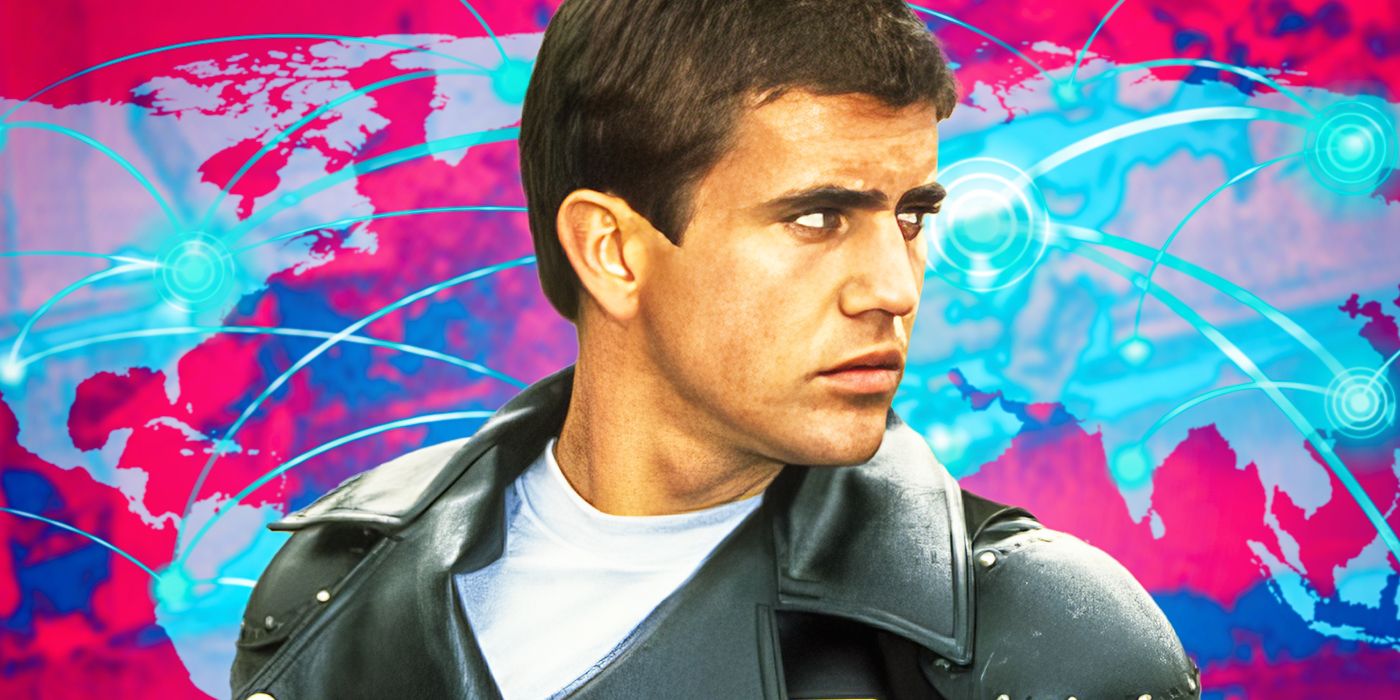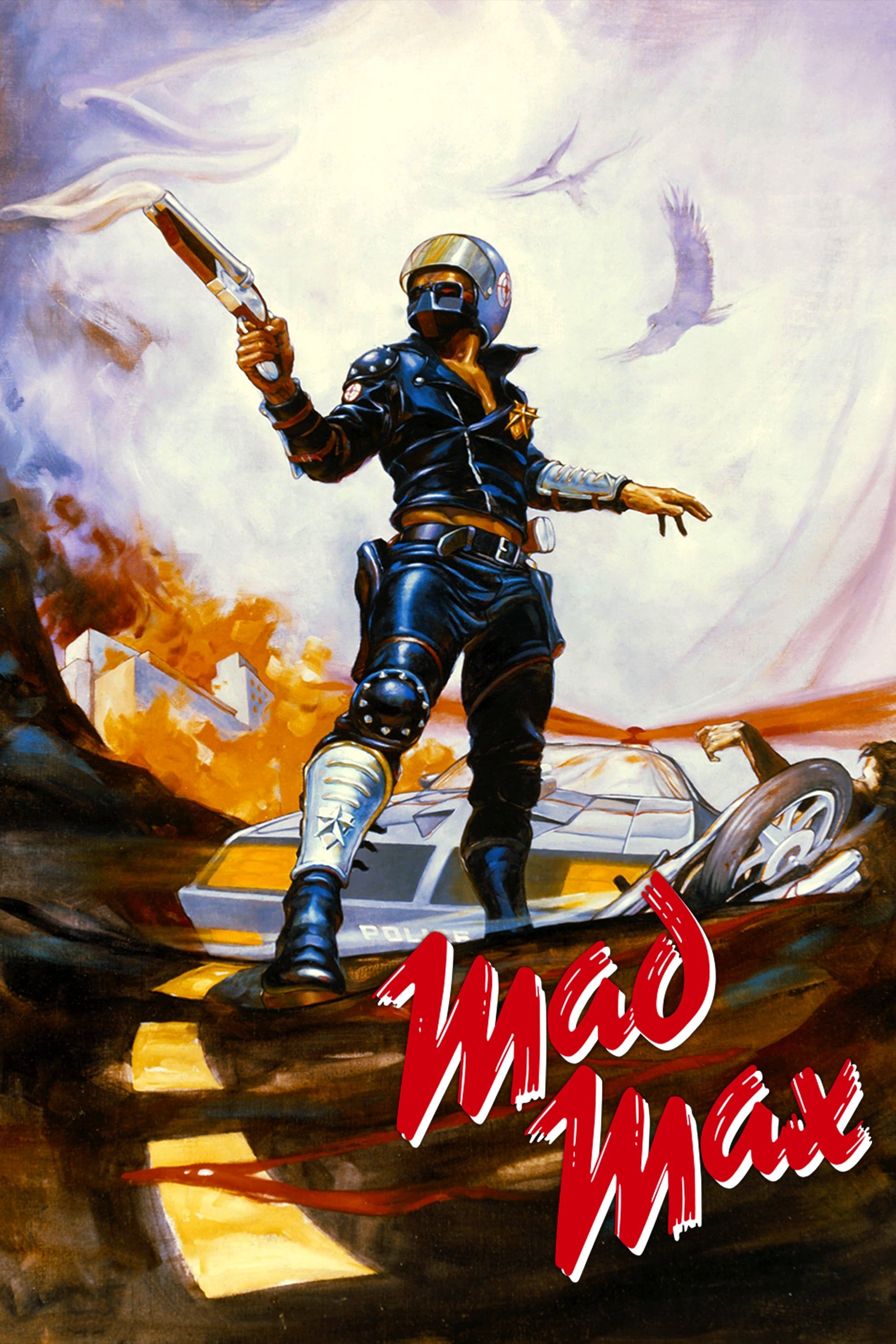Summary
- Director George Miller explains why he ended up setting
Mad Max
in a dystopian world. - He admitted it was easier to film in empty streets and rundown buildings rather than a modern day city.
- The decision was a smart one, as it enhanced the
Mad Max
franchise’s themes and visuals.
Filmmaker George Miller explains why his Mad Max movies are dystopian. Miller began the franchise in 1979 with the Mel Gibson-led Mad Max, and he has since released three additional movies, the most recent being the Oscar-winning prequel Mad Max: Fury Road. In May, Miller will release another prequel, Furiosa starring Anya Taylor-Joy. In the upcoming film, Furiosa is snatched from the Green Place of Many Mothers, falls into the hands of a biker horde led by Chris Hemsworth’s Dementus, and gets caught in the crossfire between two tyrants as she tries to make her way back home.
Screen Rant was in attendance when, at CinemaCon to receive a career achievement award and participate in a short Q&A session, Miller explained how the Mad Max movies‘ dystopian setting came about because of practical reasons instead of creative ones. It involved what it would take to film on location. In the end, the filmmaker has grown to appreciate Mad Max’s dystopian setting, as the final result was more allegorical. Read his full quote below:
The idea was to make a film where, as Hitchcock says, ‘They don’t have to read the subtitles in Japan.’ A film that relies entirely on visual. Nobody would finance the film, but we put together and attempted it. But it was almost impossible to do action sequences in the city in the modern day, on local streets with all those cars, and so on. The idea was to set it in a dystopian future
simply because we could film it in empty streets and rundown buildings and so on
. That was a really funny thing because, accidentally, the film which otherwise would have been present-day turned out to be more allegoric.
Why Mad Max Is Near-Perfect As A Dystopia
The Dystopian Setting Helps Enhance Mad Max’s Themes & Makes It Stand Out
While the decision to set Mad Max in a dystopian world may not have been the initial idea, the franchise benefited greatly from the move; one could even argue it is how Mad Max continued on beyond its initial movie. As Miller explains, shooting on local streets would have been logistically harder than shooting in empty spaces, as it would’ve required extensive planning and additional editing. The franchise then became iconic for its dystopian visuals and hard-hitting themes, many of which were heightened by the franchise’s post-apocalyptic world.

Where Was The Original Mad Max Filmed? All Filming Locations Explained
George Miller’s Mad Max is a classic of the action genre, and Miller and company seized the state of Victoria, Australia, to make it memorable.
The franchise’s 2015 critical and commercial hit, Mad Max: Fury Road, is the grand result of these benefits. Featuring well-choreographed and practically done action sequences, the film was filled with high-octane chases that seemingly could only have been achieved in the empty space Miller championed. Additionally, its themes of a world gone dry due to greed and corruption were elevated by its dystopian setting, as they almost serve as a warning for today’s society.
The trailers for Miller’s upcoming Furiosa suggest that the filmmaker is continuing to benefit from its dystopian setting. The action sequences teased so far hint at stunts more easily achieved in a wasteland setting that promises an open space found easily in the desert. That same Mad Max element seems to have, again, created hardened characters fighting to survive in a hardened world, setting the stage for another satisfying adventure within the world Miller created.

Mad Max
Mad Max is a 1979 sci-fi action film from director and writer George Miller. Mel Gibson stars as Max a police officer in the future who goes after a gang of vicious motorcycle thugs. The film led to a long-running franchise including The Road Warrior, Beyond Thunderdome, Fury Road, and Furiosa.
- Director
- George Miller
- Studio(s)
- Kennedy Miller Entertainment
- Distributor(s)
- Roadshow Film Distributors
- Writers
- George Miller , James McCausland , Byron Kennedy
- Cast
- Mel Gibson , Joanne Samuel , Hugh Keays-Byrne , Steve Bisley , Roger Ward , Tim Burns
- Budget
- $233–266 Million
- Runtime
- 82 Minutes
